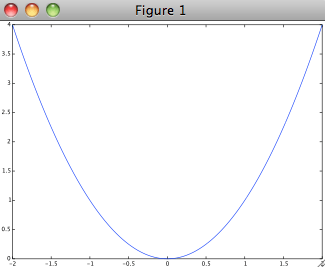
Geom_line(aes(y = effect + 1.96 *se. # use ggplot2 instead of base graphics ggplot(tmp, aes(x = Petal.Width, y = "effect" )) + What = "effect", n = 10, draw = FALSE ) # marginal effect of 'Petal.Width' across 'Sepal.Width' # without drawing the plot # this might be useful for using, e.g., ggplot2 for plotting tmp <- cplot(m, x = "Sepal.Width", dx = "Petal.Width" , # marginal effect of each factor level across numeric variable cplot(m, x = "wt", dx = "am", what = "effect" ) z determines the height above the plane of each vertex. over a 2-D rectangular region in the x-y plane. The vertices of the rectangles x, y are typically the output of meshgrid. The wireframe mesh is plotted using rectangles.

# predicted values for each factor level cplot(m, x = "am" ) A waterfall plot is similar to a meshz plot except only mesh lines for the rows of z (x-values) are shown. # factor independent variables mtcars] <- factor(mtcars]) # marginal effect of 'Petal.Width' across 'Petal.Width' cplot(m, x = "Petal.Width", what = "effect", n = 10 ) # more complex model m <- lm(Sepal.Length ~ Sepal.Width * Petal.Width * I(Petal.Width ^ 2 ), Note the usage of subplot(), taking the matrix dimensions (row, column) and the plot number to create the matrix of plots.In the example above, it created a 2×1 matrix of plots. # prediction from several angles m <- lm(Sepal.Length ~ Sepal.Width, data = iris) Ylim = if (match.arg(what) %in% c("prediction", "stackedprediction")) c(0, 1.04) Ylab = if (match.arg(what) = "effect") paste0("Marginal effect of ", dx) else What = c("prediction", "classprediction", "stackedprediction", "effect"), When plotting in 2D we use evenly spaced x -values and function values of these stored in a y -vector. Any property/value pairs are passed directly to the underlying axes object. The values in pos are normalized in the range 0,1. The option pos is a 4-element vector x, y, width, height that determines the location and size of the axes. Se.lty = if (match.arg(se.type) = "lines") 1L else 0L, The 'position' property can be used to exactly position the subplot axes within the current figure. Ylab = if (match.arg(what) = "prediction") paste0("Predicted value") else Xvals = prediction::seq_range(data], n = n), Currently methods exist for “lm”, “glm”, “loess” class models. Cplot: Conditional predicted value and average marginal effect plots for models Descriptionĭraw one or more conditional effects plots reflecting predictions or marginal effects from a model, conditional on a covariate.


 0 kommentar(er)
0 kommentar(er)
